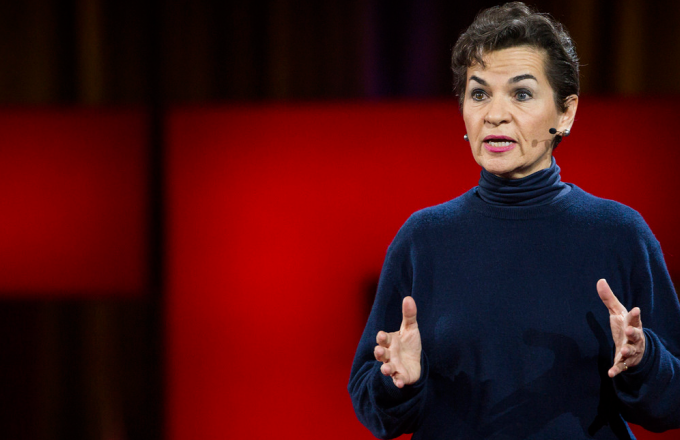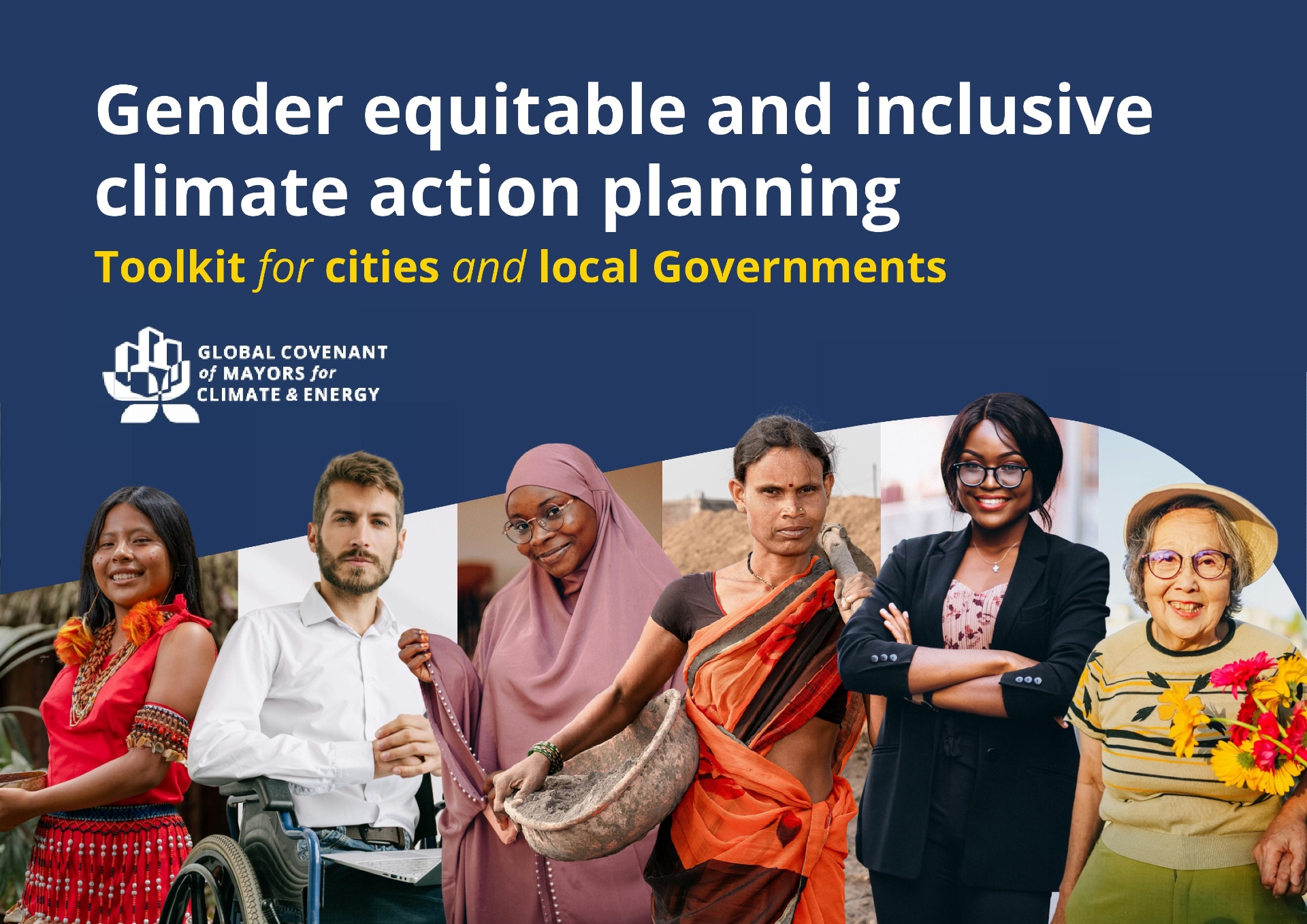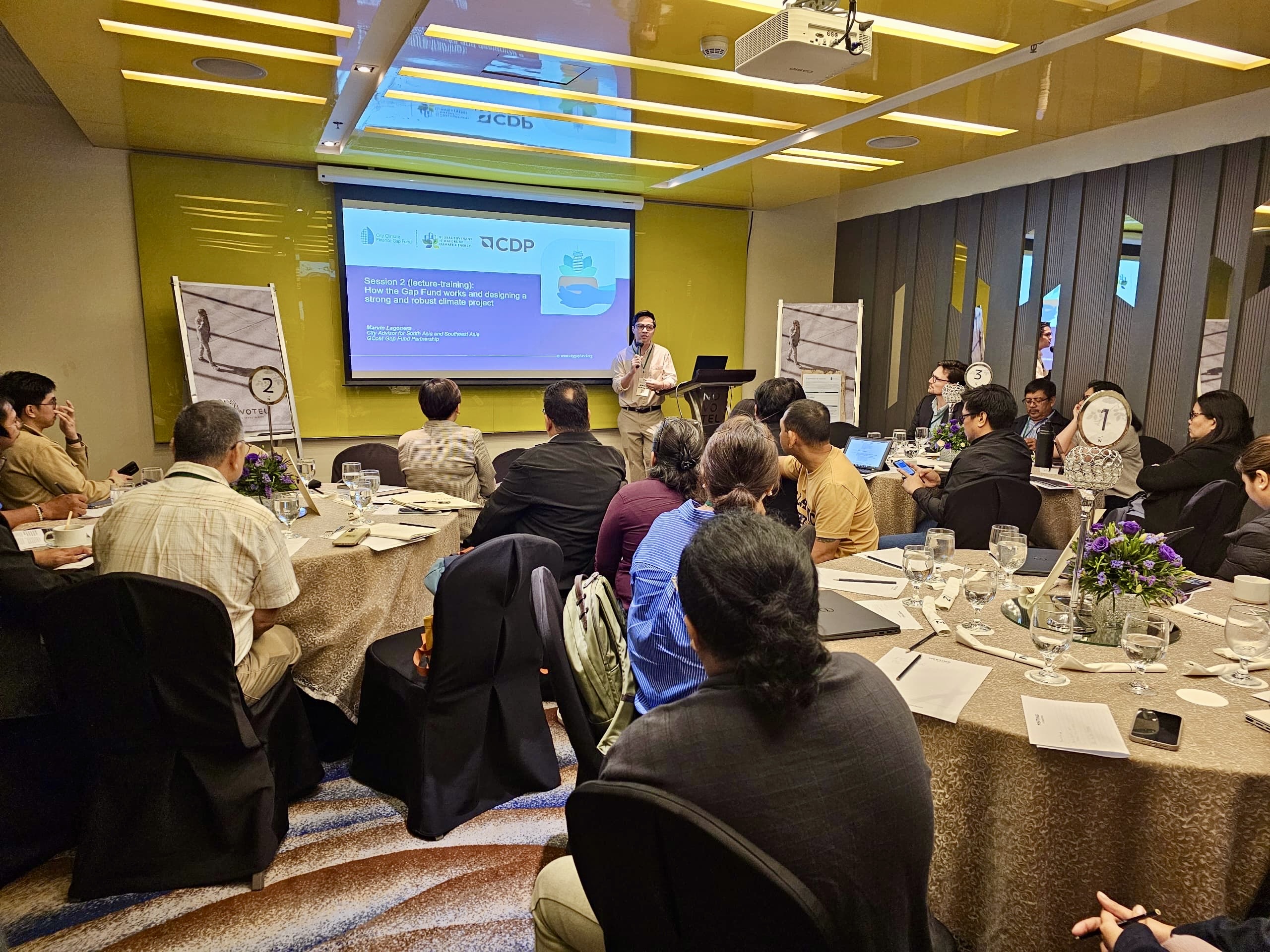This month, leaders from the global financial sector gathered in Washington, DC for the Spring Meeting of the International Monetary Fund (IMF) and the World Bank Group (WBG) on 16-22 April to discuss issues of global concern. Among the many topics on the agenda was climate finance and how the financial community can support the goals of the Paris Agreement.
Now is a critically important moment for this conversation. By 2020 we need to be bending the curve of emissions – a line that has been heading upwards for 100 years – into a downward stretch that will help close the door to maximum temperature rises. This will allow us to stay within the manageable limits of temperature rise of well below two degrees Celsius over pre-industrial levels. To achieve this, we – individuals, companies, investors, and local and regional governments – can and must all raise our ambition in tandem with our nation states, who will come back to the table to strengthen their Nationally Determined Contributions (NDCs) under the Paris Agreement before 2020.
Cities and towns are key to unlocking this potential for increased climate action and everyone benefits when their needs and contributions are integrated into national and global decision-making. After all, it’s in local communities around the world where green projects are being implemented: public transit, e-mobility and bike sharing infrastructure, energy-efficient buildings, clean energy, waste management and flood walls, to name a few.
Decarbonising cities and making them climate resilient depends on significant financial investment. The 2016 New Climate Economy Report estimates that $90 trillion will need to be invested in infrastructure over the next 15 years.
This presents a real opportunity to address climate change, which can serve as a catalyst for the kind of world we want to see. It is a catalyst for modernising our built environment, our agriculture system, our energy infrastructure, so they all perform to 21st century standards. But local governments need access to finance to ensure infrastructure projects are shovel ready, and unlocking this $90 trillion opportunity for greener infrastructure presents a complex systemic challenge that requires the concerted efforts of multiple actors.
To do this, let’s shift the way we think about climate investment – let’s reframe it from simply environmental protection to investment in economic development, jobs, growth, long-term resilience and opportunity. The myth that you have to choose between environmental protection and economic growth has long since been put to bed. The only way to achieve effective change is to do it across both imperatives.
China, India and other emerging economies have launched initiatives to adopt renewable energy, because it’s in their own self-interest and supported by hard-nosed market forces: reducing costs, improving efficiency, and achieving high returns on investments which are much safer. Our economic growth depends on the protection and enhancement of natural capital to grow financial capital.
So how do we address the urban finance gap to help realise more ambitious climate goals? One important step is the Vertical Integration of local and city level investment plans into national climate investment plans. This will allow all levels of government to more effectively identify opportunities for interventions at the appropriate level, leading to efficient allocation of national and international resources and attracting public and private investors.
Because public funds and development finance alone cannot bank cities’ projects – public funds must be leveraged to mobilize significant private capital flows. The Global Covenant of Mayors for Climate & Energy’s partnerships with the European Investment Bank, European Bank for Reconstruction and Development and World Bank Group are helping to fill the existing finance gap by providing cities with new levels of access to investments, technical assistance and advice. By using public funds as seed money, GCoM and partners leverage the private capital needed to raise the ambition of the NDCs. This makes public money go further and greener. And these partnerships help long-term oriented investors find lucrative and secure investment opportunities in green infrastructure.
Financing for green urban infrastructure must continue to be an agenda item as we work toward healthy, sustainable and prosperous communities. Bending the curve of emissions by 2020 is our first checkpoint on the way to a better future, giving us just enough time to manage the transition to net zero emissions by 2050. Meeting the turning point will help us lock in a clean energy, clean air, sustainable infrastructure future that supports economic development, thriving communities and our life-sustaining ecosystems.



